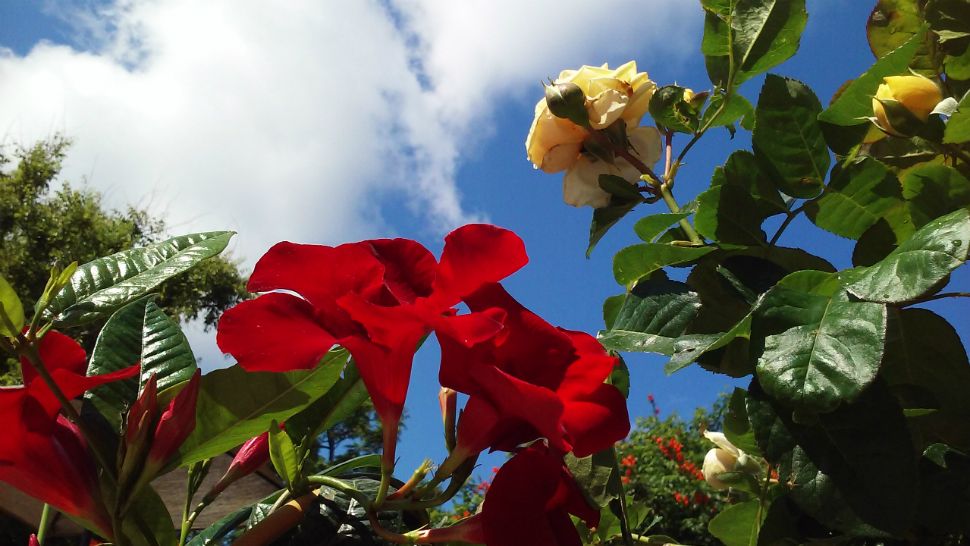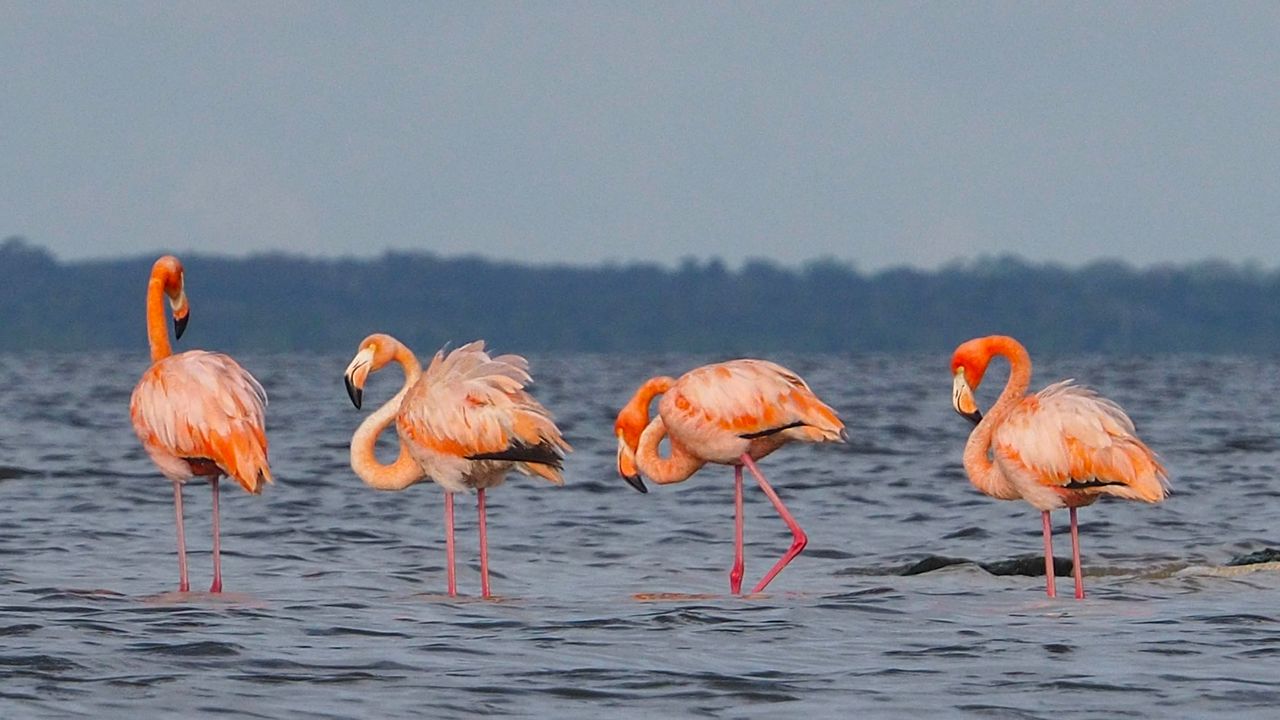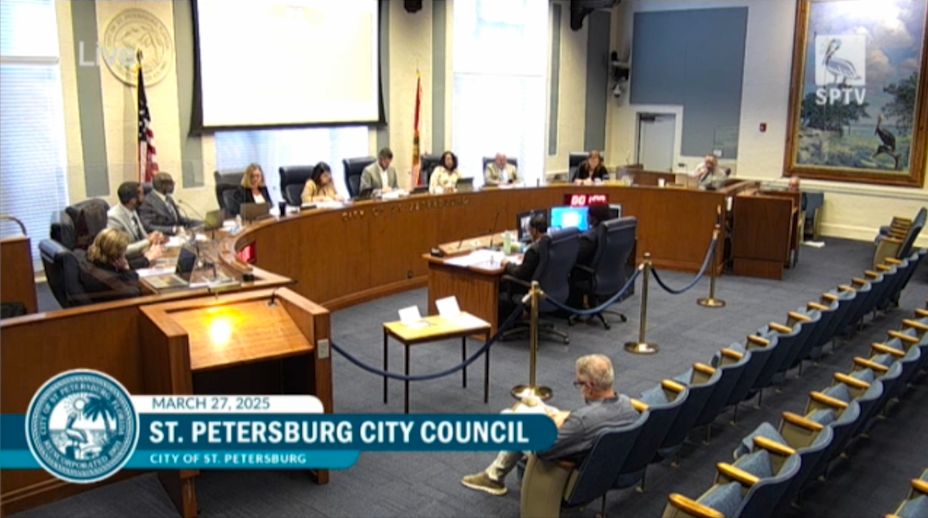TAMPA, Fla. — Engineers at the University of South Florida are teaming up with NASA.
It’s through the university’s Applied Engineering program — aimed to make landing on the moon safer and less expensive. A team of students just returned from California where they flight-tested their technology to collect data about surface features — like rocks and craters. An experience that these students won’t soon forget.
On USF’s main campus, senior engineering student Eamon Conners reflects on his summer.
“It was just very, very motivating in a sense to realize this is what I want to do,” he said.
For two weeks, Conners and a select few from USF’s Institute of Applied Engineering spent their time in California. Working alongside those from NASA.
“The project was to survey a surface representative of the moon, with the ultimate goal of being able to go up and use lidar sensors to get a topographical survey,” said Conners.
Getting this opportunity, however, was no small task. As it isn’t every day, students get to work alongside astronauts. That task was up to director of engineering Peter Jorgensen, who applied for NASA’s Tech Leap Challenge.
“We put a proposal together and submitted the proposal,” said Jorgensen. “For us, it was kind of a shot in the dark. We hadn’t done that for a NASA Tech Leap Challenge before. We had some experience on the team with relevant technologies and so we thought we had a good shot, but it was kind of a surprise still when we ended up getting the award call.”
The tech is known as ‘A-List’ — or automated lidar scanning technology. They are sensors used on landers. When tested, the tech helped the test flight rise over 1,500 feet and then land.
“All of the students that we worked with- that I’ve had the pleasure to work with during this project- they’ve over exceeded my expectations of what students can actually do,” said Jorgensen. “They wrote code, they built a system, they were there for our flight demonstration event in California. They traveled with us and they were definitely integral to our success.”
A once in a lifetime opportunity, Jorgensen says, that will help students like Conners for their careers in engineering.
“It was very refreshing to see the people that I sit next to at a desk everyday just kind of out there working on something,” said Conners. “I thought it was very team building, in a sense. Same people, different environment all having a good time doing stuff we love.”
The team is now reviewing their data to enhance the A-List system. They hope to conduct further testing to qualify the system for testing in space and, ultimately, landing on the moon.






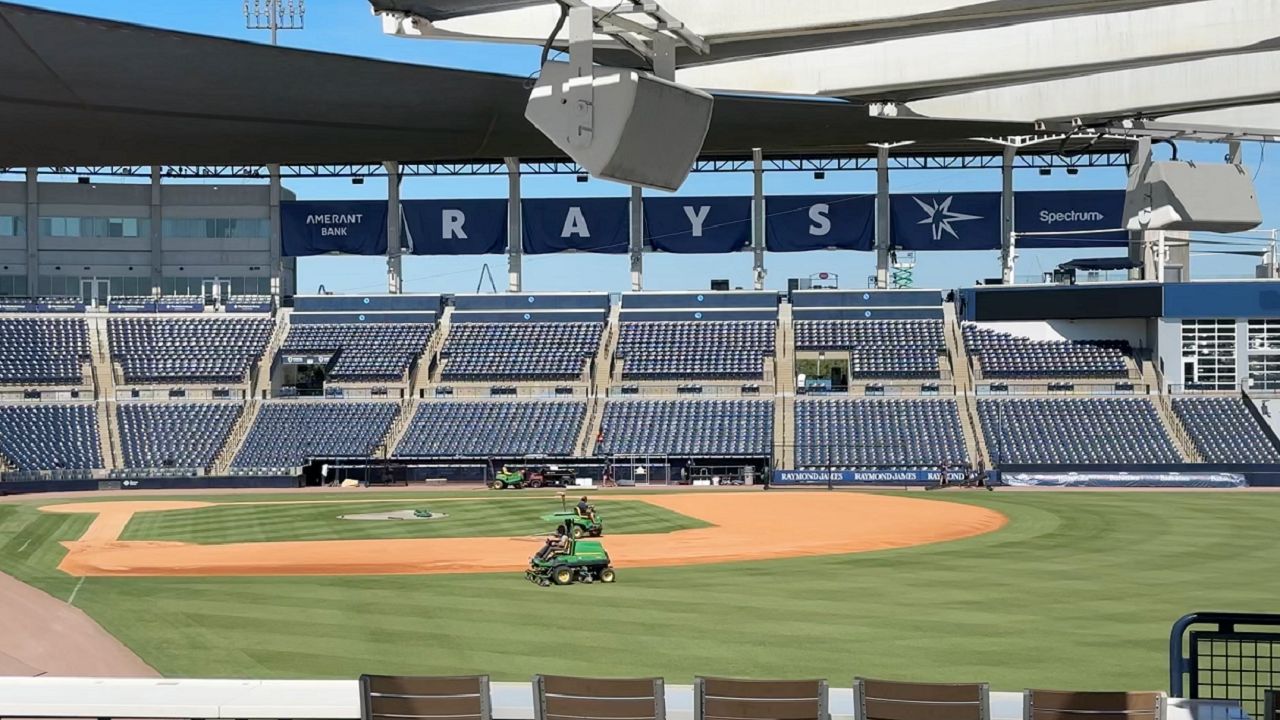
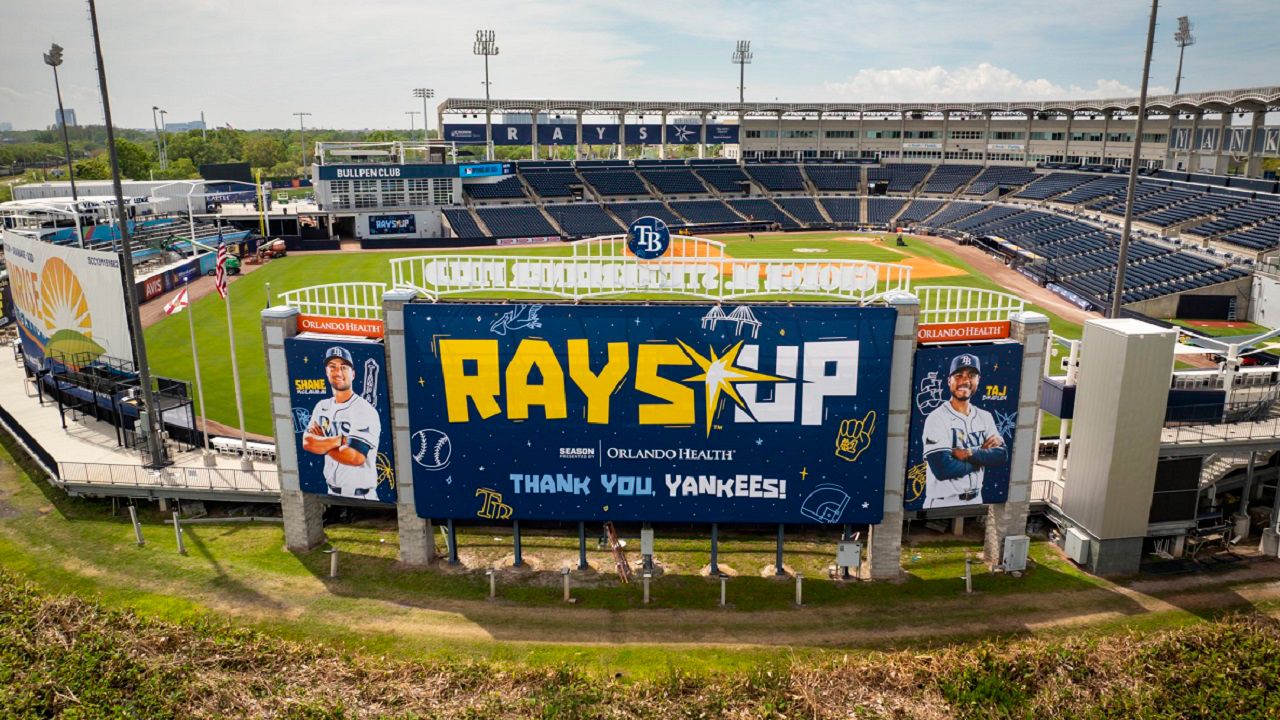
_(1))
